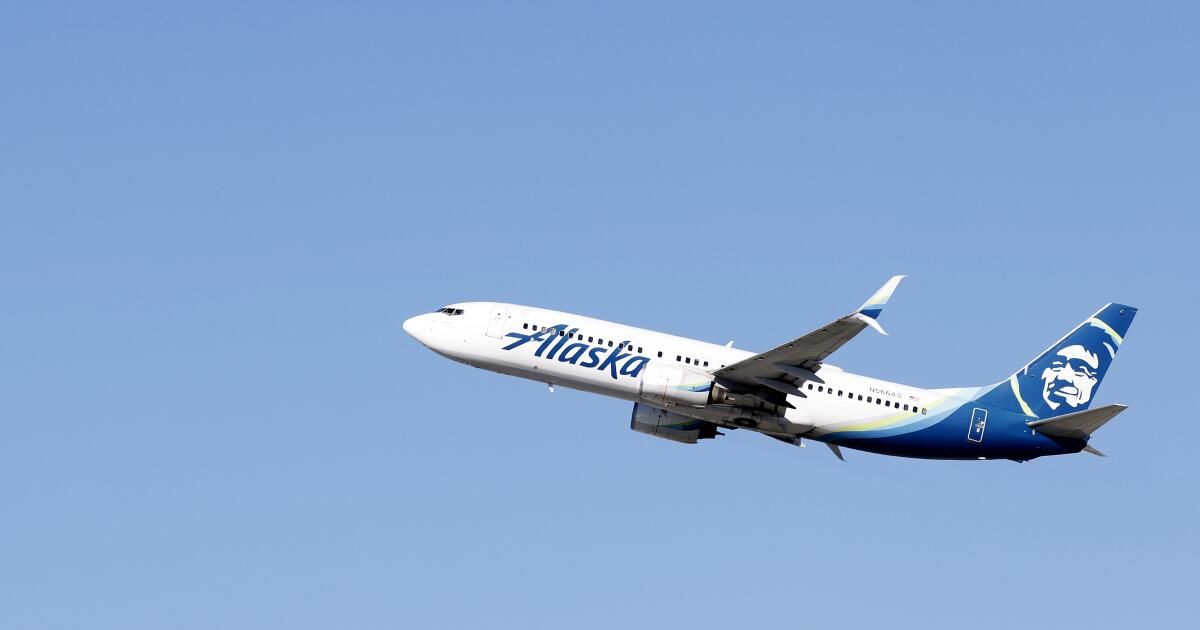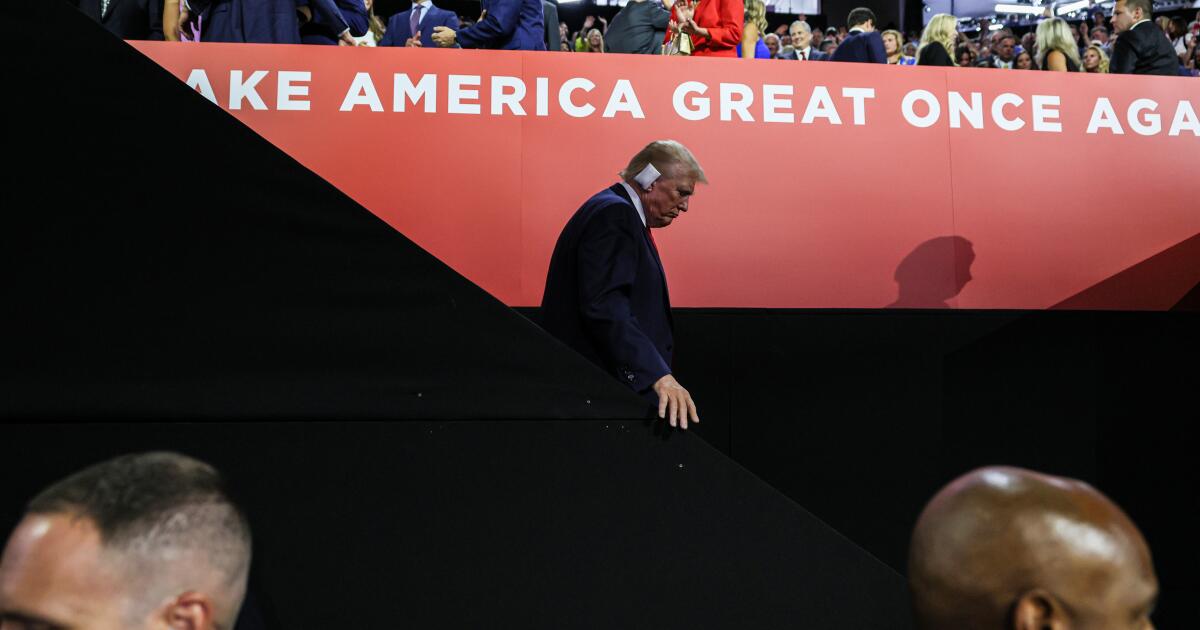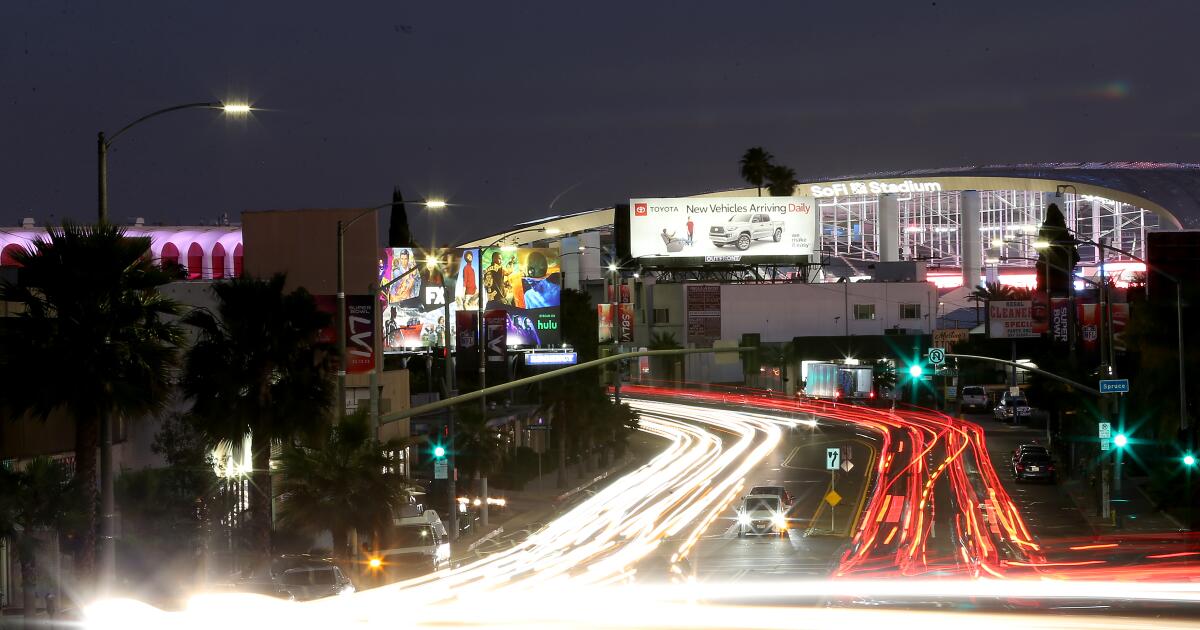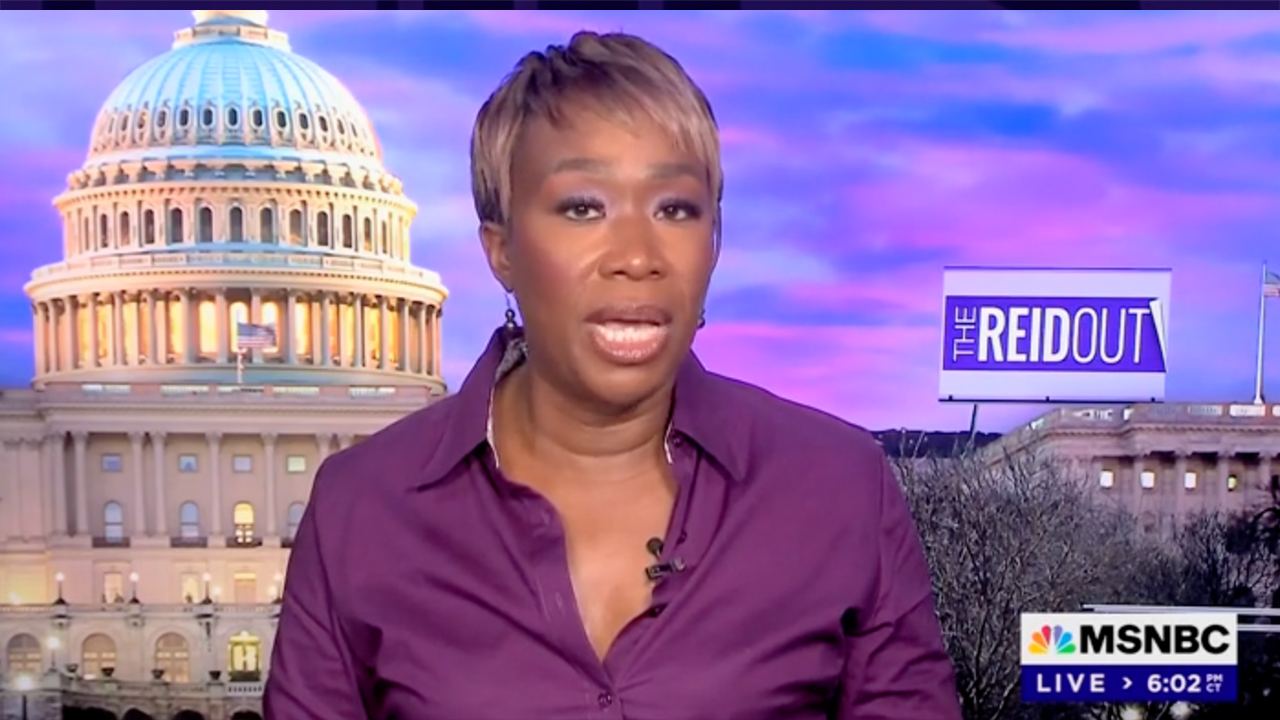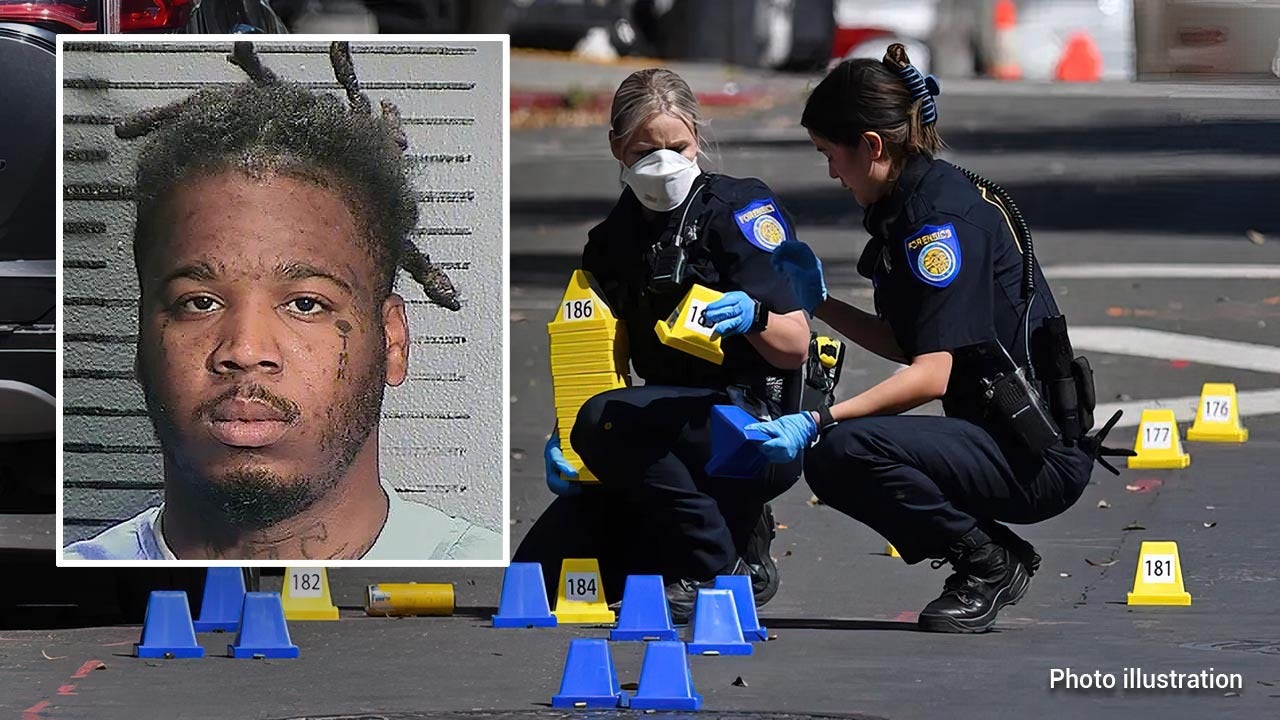This weekend, Alaska Airlines and United Airlines resumed flights on some of their Boeing Max 9 planes, all of which were grounded after a door panel on a Max 9 exploded in mid-air on Jan. 5.
Although airlines, regulators and Boeing maintain the planes are safe after a federally approved inspection and maintenance process, critics argue serious questions remain about the long-troubled Max. The Max 8 had two accidents in 2018 and 2019 that killed 346 people.
“I wouldn't fly a Max airplane at all,” said Ed Pierson, a former top executive at Boeing. “I worked in the factory where they were built and saw the pressure the employees were under to get the planes running out the door. “I tried to get them to close before the first accident.”
“I would tell my family to avoid the Max. I would really tell that to everyone,” said Joe Jacobsen, a former Boeing and Federal Aviation Administration engineer.
Aviation safety experts have pointed to the explosion as just the latest example of a deeper problem at the manufacturer. They maintain that the company needs a cultural change.
Pierson said returning the Max 9 to service was “another example of poor decision-making and puts public safety at risk.”
Boeing said it had no comment on Pierson's comments.
Last week, Federal Aviation Administration officials announced that Max 9 planes would be allowed to fly again once the 171 grounded planes had undergone specific inspections and repairs. Most of those planes belong to Alaska Airlines and United Airlines.
Jacobsen, the former FAA engineer, said allowing the planes to fly again was “premature,” noting that he and other safety advocates have been sounding the alarm about numerous safety problems in both the Max 8 and on the Max 9 for years.
“Instead of solving one problem at a time and then waiting for the next, solve them all,” Jacobsen said. She compared it to playing whack-a-mole, waiting for the next problem to arise: “Maybe it'll be a week. “Maybe it will be a month.”
Last year, the Seattle Times reported that Maxes have a serious defect in the engine's anti-icing system. The FAA has warned that pilots should limit use of the faulty system to five minutes, or else debris could break loose that “could result in loss of control of the aircraft.” Boeing was seeking an engineering exemption from the FAA for its Max 7's anti-icing system, but withdrew it on Monday, Reuters reported.
“Our long-term focus is on improving our quality so we can regain the trust of our customers, our regulator and the flying public,” Stan Deal, CEO of Boeing Commercial Airplanes, wrote in a message to employees Friday morning. evening. “Frankly, we have let them down and let them down.”
“Each of our 737-9 MAX [planes] “It will return to service only after rigorous inspections are completed and each aircraft is deemed airworthy in accordance with FAA requirements,” Alaska said in a statement.
The airline said half of its inspections were completed by the end of Monday and the entire Max 9 fleet is expected to be flying again by the end of the week. Its first Max 9 departed Friday from Seattle and landed about an hour late in San Diego that night.
United's first Max 9 flight took off Saturday morning from Newark, New Jersey, to Las Vegas.
“As we always do, we will continue to work closely with Boeing and the FAA to ensure our entire fleet is reliable and, above all, safe. With that in mind, we will send inspectors to the Boeing facility in Renton, Washington, to provide information on Boeing processes,” United CEO Scott Kirby said in a statement.
“Let me be clear: This will not be business as usual for Boeing,” FAA Administrator Mike Whitaker said in a statement Wednesday.
“The quality assurance issues we've seen are unacceptable,” Whitaker said. “That's why we will have more troops on the ground closely examining and monitoring production and manufacturing activities.”
The FAA also noted that it would not allow Boeing to expand production of its Max fleet, including the 737 Max 9.
The National Transportation Safety Board's investigation into the cockpit panel explosion on Flight 1282 is ongoing.
Boeing has promised to cooperate with the investigation. After the incident, CEO David Calhoun acknowledged that “a quality leak” had occurred and told employees, “This event can never happen again.”
“This explosion – we have seen this pattern before. Something big happens and Boeing makes all these promises,” said Pierson, executive director of the Aviation Safety Foundation, a watchdog group.
The safety issues on Boeing Max planes go far beyond this incident, Pierson said. In September, the group released a study that found airlines filed more than 1,300 reports of serious safety problems. on Max 8 and Max 9 aircraft to the FAA.
“These same problems that existed in 2018 and 2019 [at Boeing] that were the precursors to the accidents are still there,” Pierson said. “This is a culture where money is everything. They measure success by the number of aircraft delivered, rather than the number of quality aircraft delivered. … When you take all of this together, it’s just a disaster waiting to happen.”
Jacobsen agreed that Boeing had a cultural problem and said the company has been “trying to maximize profits” and “go for the lowest bidder.”
“Over the last 20 years, they've been going in this continuous direction toward financial engineering instead of technical engineering,” Jacobsen said.
Robert A. Clifford, an attorney representing the families of victims of the 2019 Max 8 crash in Ethiopia that killed 157 people, criticized the FAA for allowing the Max 9 to resume flights.
“While we applaud the FAA for saying it will halt any expansion of Boeing 737 Max production, it should not reward the company by approving inspection instructions for the Max 9, paving the way for the planes to be grounded, until Congress and regulators hold immediate hearings. Clifford said. (A Boeing spokesman said the company had no comment.)
The FAA did not respond to a request for comment on Pierson and Clifford's comments.
Both United and Alaska reported finding loose bolts on Max 9 planes during internal inspections in the weeks after the Jan. 5 flight.
Pierson said much greater action is needed on the Boeing Max, beyond door panel inspections.
“Imagine you have a new car that had a couple of parts falling off, and the manufacturer went to look at it and found that a couple more parts had fallen off. They go and fix it, but do you think there's a chance something else was done incorrectly to that car? Pierson said. “Now magnify that by 100.”

